Imported windows
tcjohnsson
16 years ago
Related Stories
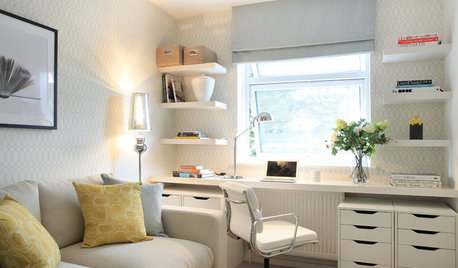
STORAGEClever Storage for That All-Important Spare Room
Make the most of your guest room with storage space you can use year-round
Full Story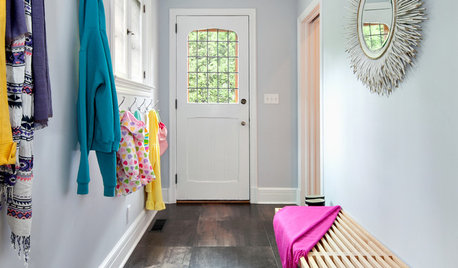
MUDROOMSRoom of the Day: A Most Important 5- by 14-Foot Space
This busy mudroom is a lifesaver. Here’s how the designer found the space and made use of every inch
Full Story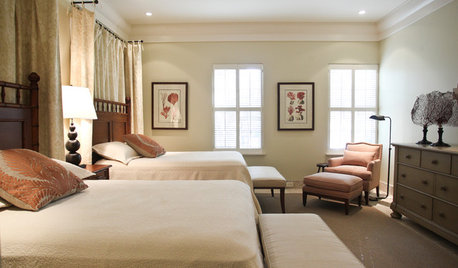
DECORATING GUIDESHow to Work With Awkward Windows
Use smart furniture placement and window coverings to balance that problem pane, and no one will be the wiser
Full Story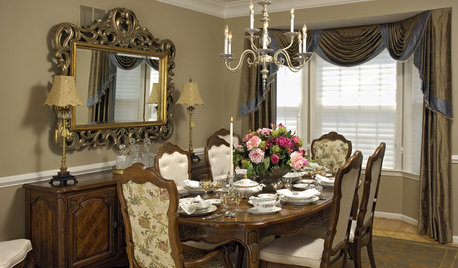
WINDOWSFind Your Window Treatment Style
Whether your look is traditional, contemporary or somewhere in between, make your window treatments match your design personality
Full Story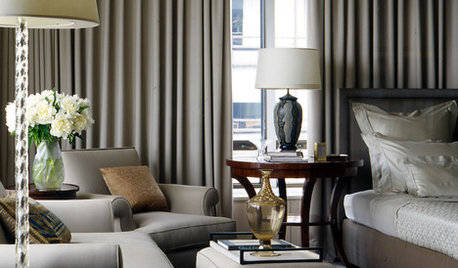
WINDOW TREATMENTSBedroom Window Treatments to Block the Light
Sleep tight with curtains, shades and more designed to keep out bright rays while letting stylishness in
Full Story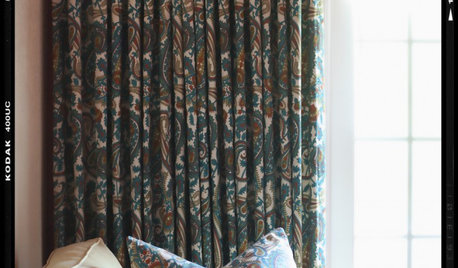
DECORATING GUIDESHow to Get Your Window Treatment Right
Here's the lingo to know to get the draperies you really want
Full Story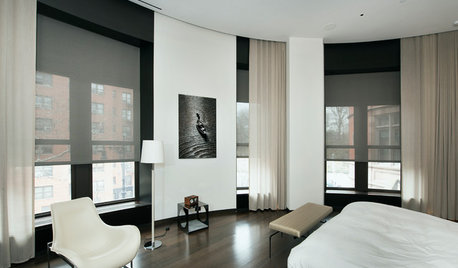
WINDOW TREATMENTSThe Art of the Window: Power Up With Motorized Treatments
We look at 11 spots in your home where automatic shades, screens, curtains and more make sense
Full Story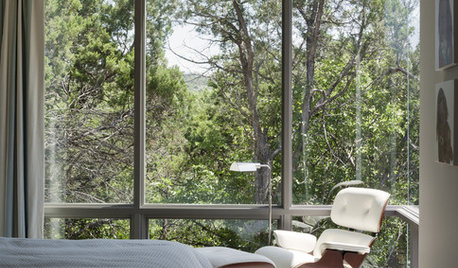
DECORATING GUIDESThe Art of the Window: Drapery Solutions for Difficult Types and Shapes
Stymied by how to hang draperies on a nonstandard window? Check out these tips for dressing 10 tricky window styles
Full Story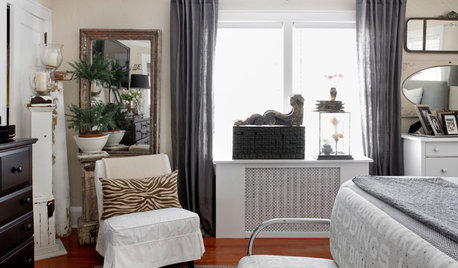
WINDOW TREATMENTSHow to Cover Windows Above a Radiator
Explore the window treatments — and window treatment combinations — that can work in this space
Full StoryMore Discussions






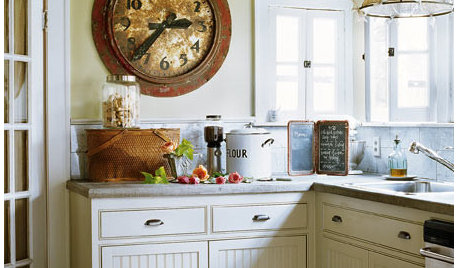




oberon476
Michael
Related Professionals
DeLand Window Contractors · Greenburgh Window Contractors · Yeadon Window Contractors · Aventura Window Contractors · View Park-Windsor Hills Interior Designers & Decorators · Arlington General Contractors · DeRidder General Contractors · Fairview General Contractors · Hutchinson General Contractors · Ken Caryl General Contractors · Lakeside General Contractors · New Milford General Contractors · San Bruno General Contractors · Sun Prairie General Contractors · Goulds CarpenterstcjohnssonOriginal Author
oberon476
Michael
ron6519
tcjohnssonOriginal Author
oberon476
tcjohnssonOriginal Author
oberon476
tcjohnssonOriginal Author
oberon476
tcjohnssonOriginal Author
oberon476
tcjohnssonOriginal Author
oberon476
tcjohnssonOriginal Author
tcjohnssonOriginal Author
tcjohnssonOriginal Author
oberon476
tcjohnssonOriginal Author
oberon476
tcjohnssonOriginal Author
oberon476
tcjohnssonOriginal Author
oberon476
richi1173
oberon476
tcjohnssonOriginal Author